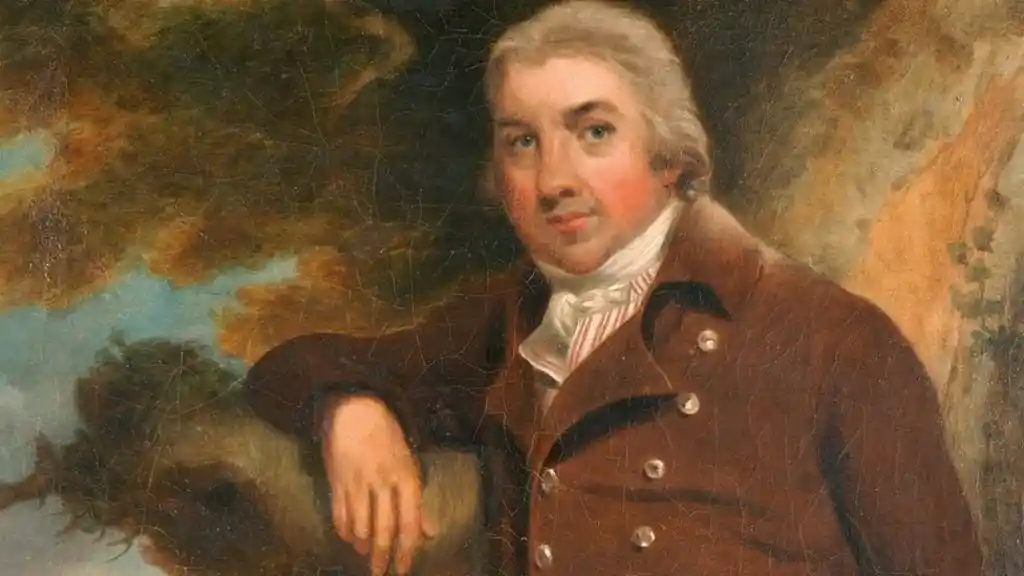

The forefather of vaccinations, Edward Jenner worked with cowpox and smallpox with test subjects to begin making a form of vaccine to cure them both.

Born: May 17th 1749 | Died: January 26th 1823.
Born into an era where British medical practice was making a slow shift from apothecaries to Oxford and Cambridge trained physicians, Edward Jenner was born in 1749. He was the son of a clergyman, but his father died when he was five years old. Because of this, he was brought up by his older brother, who was also a clergyman.
Edward acquired a love of nature, which stayed with him all throughout his life. At 13, he was apprenticed to a nearby surgeon, where he attained a sound knowledge in medical and surgical practise. When he completed his apprenticeship, he went to London and became house pupil of John Hunter, one of the most prominent surgeons in London.
Up until 1793, when Hunter died, Jenner became good friends with him, and ended up sharing the same qualities - a catholic interest in biological phenomenon, disciplined powers of observation, sharpening of critical faculties and a reliance on experimental investigation.

Most of Jenner's patients where he worked were from a rural background, and during the 18th century, smallpox was considered the most deadly of pathogenic diseases to be around at the time. A Dutch scientists by the name of Jan Ingenhaus treated the symptoms by inoculation, a method by stripping a vein of a healthy person, and putting a small amount of matter taken from a person with a mild attack of smallpox into the wound. This often led to fatality.
During 1788, a wave of smallpox swept through Gloucestershire and it was during this outbreak that Jenner noticed that people in the area that had come down with a similar disease called cowpox were not susceptible to smallpox. He needed a way to show his theories of this.
To test his theories, Jenner inoculated an eight year old boy named James Phipps, who had never had smallpox. Over the course of the next nine days, Phipps became unwell, but made a full recovery by the tenth day. About a month later, Jenner inoculated the boy with smallpox matter, to which no disease developed.
During 1798, Jenner wrote a book named An Inquiry into the Causes and Effects of the Variolae Vaccinae. After this was released, Jenner went to London to try and showcase his theories, seeking volunteers for the vaccination, but was unsuccessful. It wasn't until surgeons like Henry Cline and doctors like George Pearson and William Woodville started to use the vaccinations that they became more and more popular. Although, Pearson attempted to take credit for the work Jenner had done.
Jenner married in 1788, but she later died in 1815 from tuberculosis. Jenner himself died in 1823 from both a state of apoplexy, which paralysed him down his right side, and later a stroke.
Disclaimer | About Me | Sitemap
Website design by SyntaxHTML.



Blue icons adapted from icons courtesy of Smashicons.com